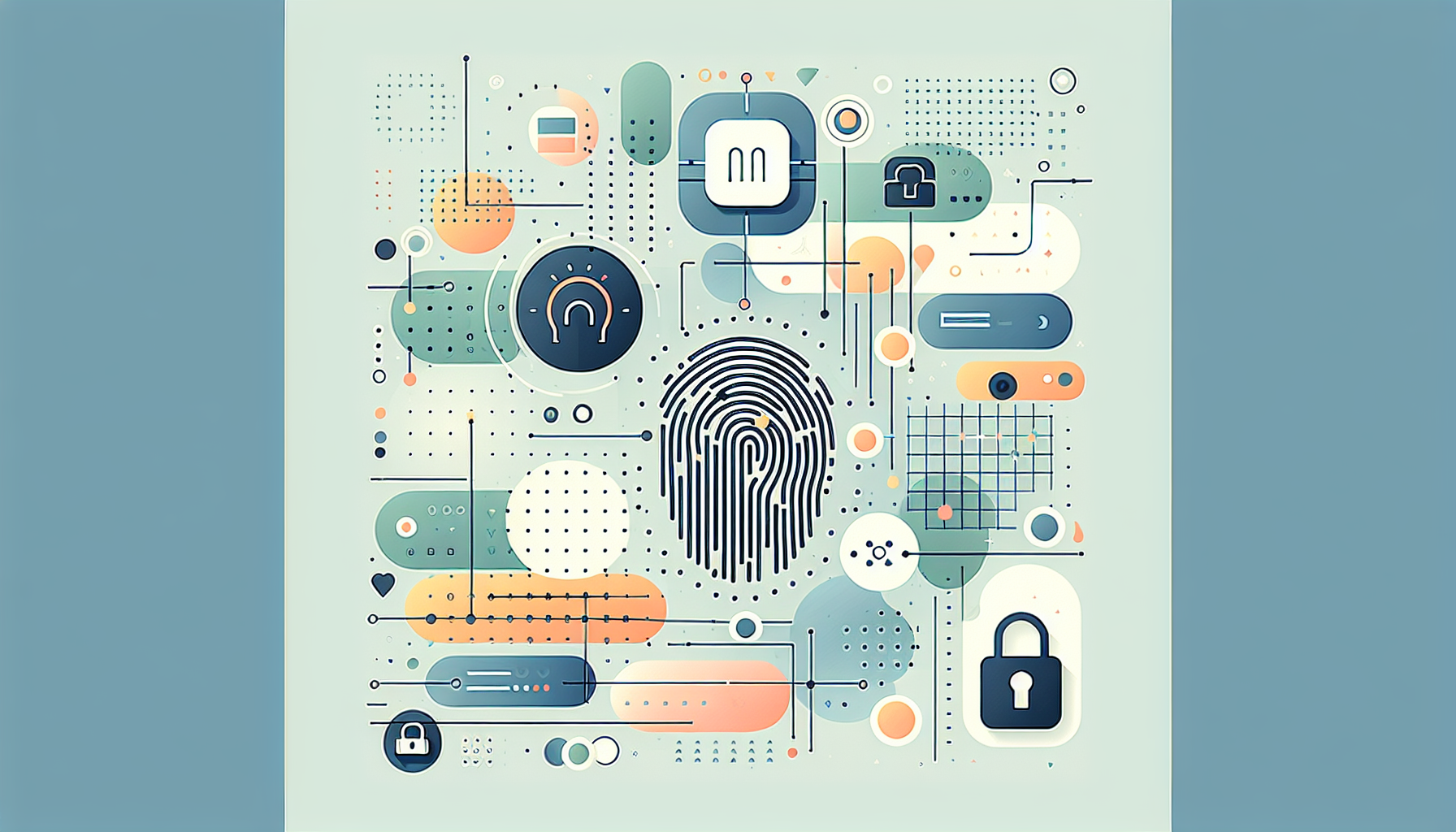Biometric Authentication in Mortgage Applications

Revolutionizing Mortgage Applications with Biometric Authentication
The mortgage industry is undergoing a profound transformation, driven by advancements in technology that promise to make transactions faster, more secure, and seamless. One of the key innovations propelling this change is biometric authentication, which includes methods like fingerprint verification, facial recognition, and voice recognition. These technologies are being integrated into mortgage applications to enhance security, prevent fraud, and streamline the overall process.
Biometric authentication offers an unprecedented level of identity verification compared to traditional methods, significantly reducing the risk of identity theft and synthetic fraud. Companies like authID.ai are at the forefront of this revolution, providing solutions that can definitively identify all parties involved in a mortgage transaction, ensuring they are not deepfakes or synthetic fraudsters.
Benefits of Biometric Authentication in Mortgage Applications
Biometric authentication offers several benefits for both lenders and borrowers:
- Enhanced Security: It provides a robust defense against fraud by ensuring that only legitimate individuals can access and manage mortgage accounts. This reduces the risk of financial loss for lenders and protects borrowers from having their identities stolen and used fraudulently.
- Speed and Convenience: Biometric verification is much faster than traditional methods, allowing borrowers to complete their applications more quickly. This not only improves customer satisfaction but also enables lenders to process applications more efficiently, resulting in faster approvals.
- Compliance and Risk Management: By leveraging biometric authentication, lenders can ensure compliance with strict regulations such as Know Your Customer (KYC) and Anti-Money Laundering (AML) laws, reducing legal and financial risks.
The Role of Artificial Intelligence and Blockchain
In addition to biometric authentication, other technologies like Artificial Intelligence (AI) and blockchain are also transforming the mortgage landscape. AI is being used to automate tasks such as underwriting and risk assessment, making the application process faster and more accurate. Meanwhile, blockchain technology offers enhanced security and transparency by providing a tamper-proof record of transactions and ownership transfers.
How AI Enhances Mortgage Applications
AI can analyze vast amounts of data quickly, identifying patterns that may indicate fraud or risk. This capability allows lenders to make more informed decisions about applications and reduces the time needed to process them. Additionally, AI can personalize the mortgage experience by analyzing a borrower's financial situation and matching them with the most suitable mortgage products.
The Impact of Blockchain on Mortgage Processes
Blockchain is poised to significantly reduce the paperwork involved in mortgage transactions. By digitizing and securing records of property ownership and transactions, blockchain can automate many of the processes that currently require manual intervention, such as property transfers and loan servicing. This not only speeds up the process but also reduces the risk of errors and fraud.
Real-World Applications and Case Studies
Companies are already seeing the benefits of integrating biometric authentication into their mortgage processes. For instance, authID.ai has successfully verified over a million identities, providing a seamless identity experience for customers. Their biometric verification stack is used by numerous large fintech and financial services companies, eliminating the need for passwords and securing critical customer transactions.
Moreover, organizations like Mambu are pioneering the use of next-generation technologies in the APAC mortgage industry. Their solutions incorporate AI, blockchain, and biometric authentication to streamline the home loan approval process.
Challenges and Future Outlook
Despite the advantages, digital identity verification faces challenges such as data privacy concerns and cybersecurity threats. However, with continuous advancements and regulatory support, these technologies are becoming increasingly integrated into the mortgage industry.
As technology continues to evolve, we can expect further innovations that enhance security and efficiency. For example, cloud technologies and open APIs will play a crucial role in enabling lenders to embrace next-generation solutions fully.
For those interested in enhancing their mortgage application processes with cutting-edge technology, exploring solutions from companies like authID.ai or learning more about how to integrate WP Ultimate Loan & Mortgage Calculator into your workflow could be beneficial. Additionally, reaching out to our expert team through the Contact Us page can provide personalized insights and support tailored to your needs.
In conclusion, biometric authentication, coupled with AI and blockchain, is transforming the mortgage industry into a more secure, efficient, and customer-centric sector. As these technologies continue to mature, it's essential for lenders to stay ahead of the curve by embracing these innovations, ensuring they remain competitive and capable of meeting evolving customer expectations. Whether you're a lender or a borrower, understanding and leveraging these advancements can significantly enhance your mortgage experience.











